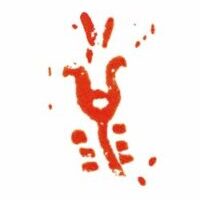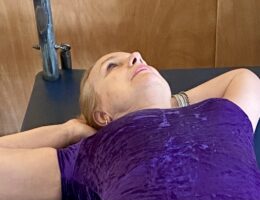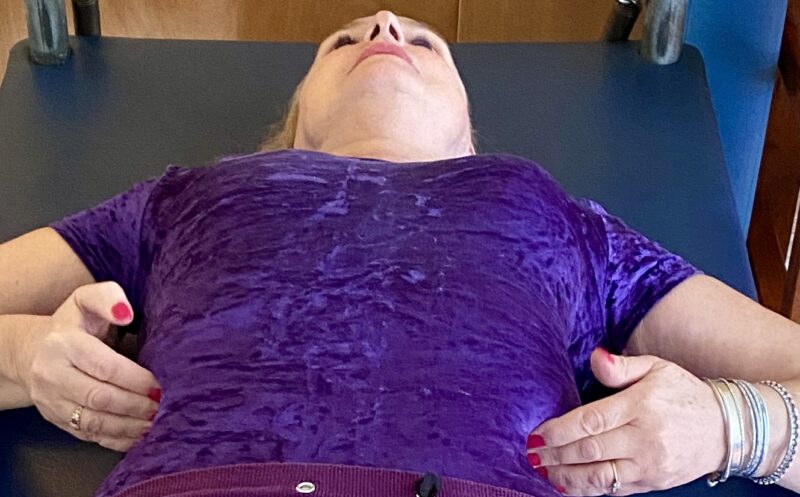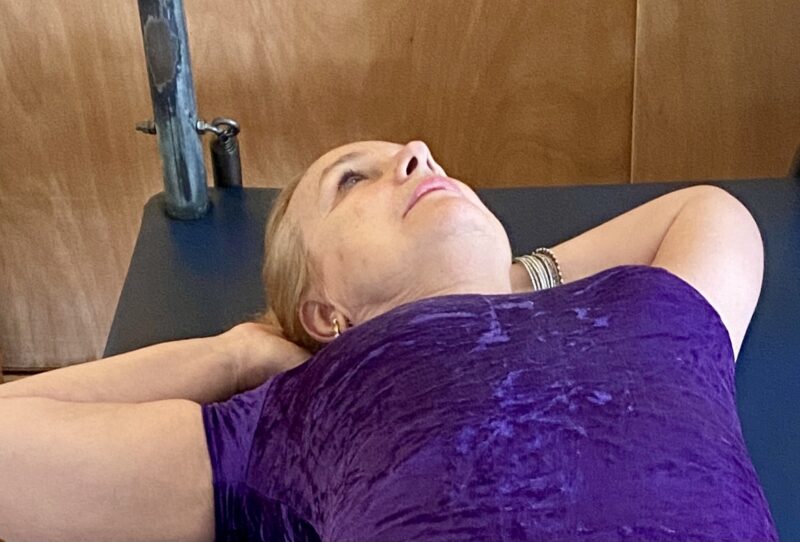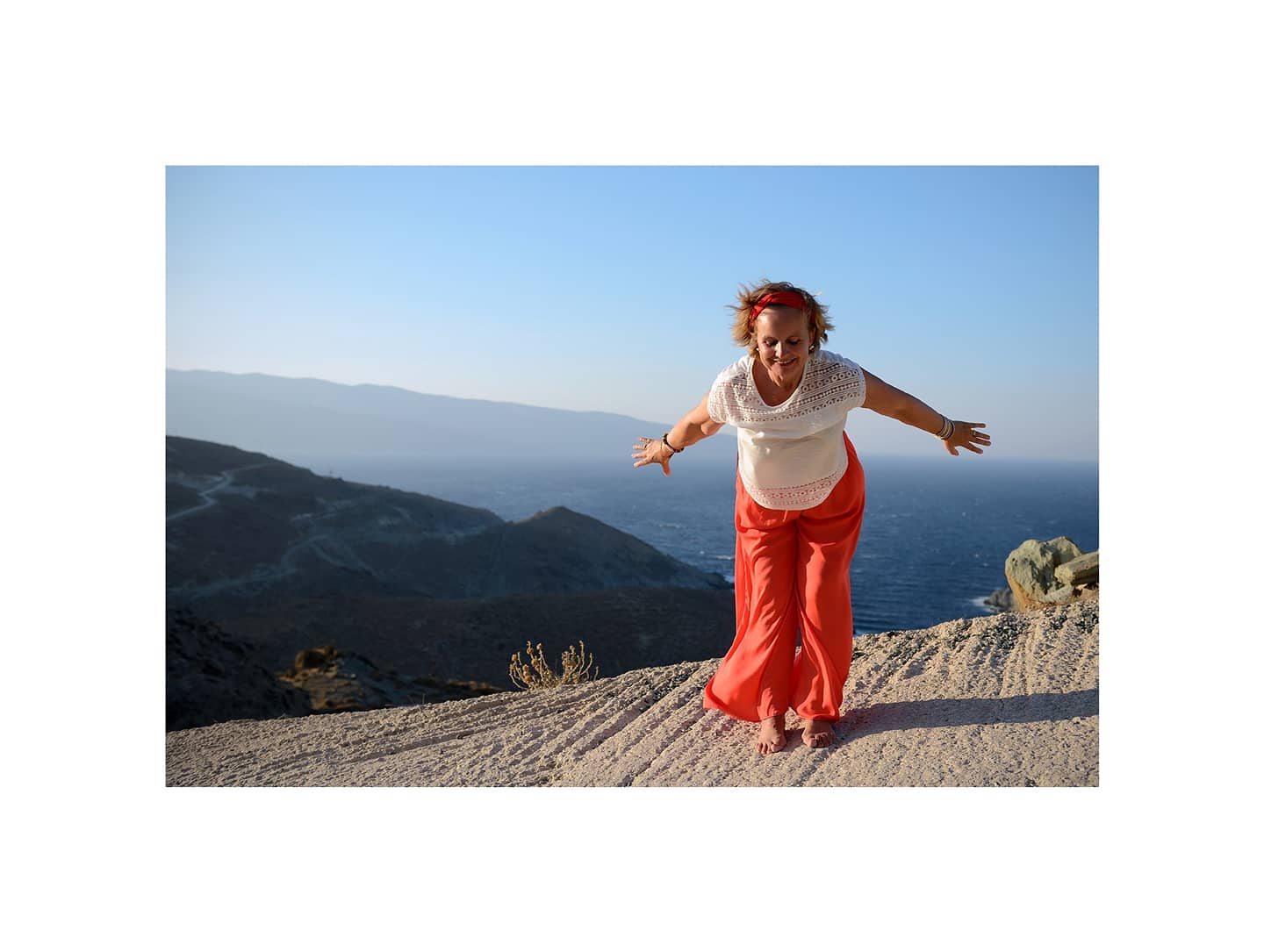A SERIES OF BLOGS ON BREATHING
A DIAPHRAGM RELEASE EXERCISE
The breathing diaphragm has the the largest concentration of fascia in the body. When you think that it is in the middle of the body, it is easy to see how any kind of tension or stress in the diaphragm, has a knock on effect on the rest of the body.
Fascia is now being seen as the largest organ in the body. At it’s best it has a movement that is free and a steady, fairly slow, rhythm. It does react and contract with physical or psychological injury and sometimes it stays that way causing physical pain or discomfort.
Tension patterns in the fascia can sometimes be chronic and have been there for a very long time, since the time of birth, for example.
Tension patterns in the fascia can cause chronic and sometimes quite strong pain. Tension patterns in the breathing diaphragm affect our breathing, so ultimately how much oxygen we take into each cell in the body.
The diaphragm moves up and down about 11 centermeters creating a natural massage and stimulus for all the organs of the body, causing a positive response in the digestive system. If the diaphragm is restricted we miss out on this “treat” that nature intended. What an amazing, complicated, moving, flowing system our body is!
Here is a very effective exercise, that was taught to me by my beloved mentor, the late Lena Trifonopoulou.
The exercise is helpful for a fuller Refined Pilates or Yoga practice and for any other movement practice that you enjoy and for life.
It is particularly important for those with back pain, scoliosis, tension in the shoulders, kyphosis and digestive problems.
Lie on your back with the legs a little apart and the arms beside you with the palms of the hands facing to the ceiling.
Make sure that you are warm. Cover yourself with a blanket if necessary.
Place a blanket under your knees if you know that your lower back tends to get painful in this position.
Take as long as you need to go into your calm, peaceful place and relax.
This is fascia release exercise. It should be done gently. The “holds” go very deep.
It is important to continually surrender the weight of the upper back to gravity, the legs hang down and the intestines are relaxed.
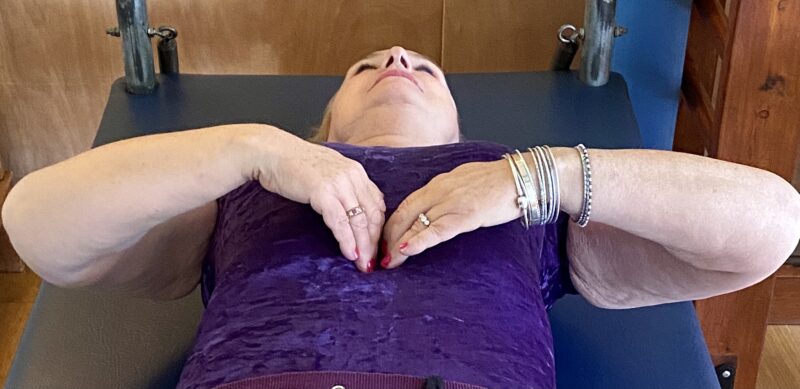
Bring your finger tips to the tip of the end of the breast bone. You are going to use this bone like a handle. Observe the breath for a moment and you will notice that on the in breath the breast bone naturally travels up towards the crown of the head and on the out breath it naturally descends. For the next three breaths, follow with your fingers (gently, there is no need to be harsh because these techniques go very deep) the upward moment of the in breath and the breast bone, and then block the downward movement of the breast bone.
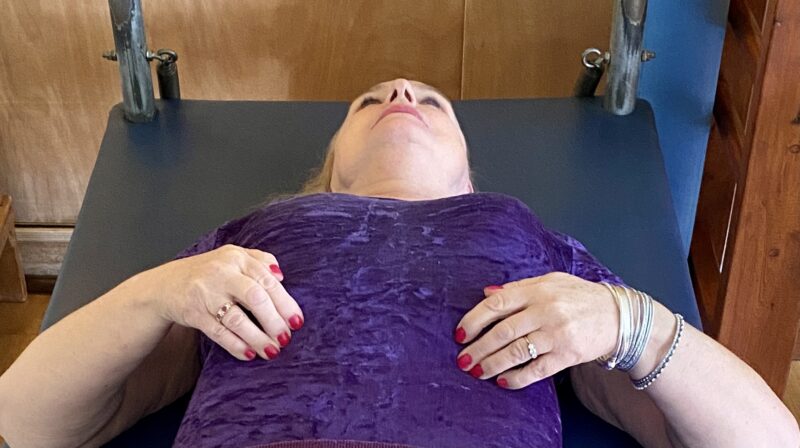
Move your second, third and fourth fingers out to the side and access the underneath of the last rib. Once again observe the breath and you will notice that on the in breath the thorax naturally travels up towards the crown of the head and on the out breath it naturally descends. As before during the next three breaths, follow with your fingers the upward moment of the thorax with the in breath and then prevent the downward movement of the thorax. Be gentle. You may find with each in breath there is a small increase in the upward movement. Follow this closely.
When you touch yourself do so with love and respect.
Move your second, third and fourth fingers further out to the side of the thorax, accessing the underneath of the last rib. Once again observe the breath, follow the upward movement of the in breath and block the downward movement. Repeat for three breaths.

Move your hands around to the back of you. It is a little harder to feel but access the last rib at the back of the body (you will be partially lying on your hands) with your thumbs and repeat the process for three breaths.
The whole time that you are doing this keep the space between the two sides of the thorax completely relaxed. Give a chance to the fascia of the diaphragm to release.
To finish lace your finger right down to the roots and place your hands on the back of the occiput ( this wonderful bone at the back of the skull). Feel a gentle pull between the elbows and soften the shoulders. Have the elbows open.
Take a breath in and breath out, skimming along the floor make a side bend to the right. Breath out and come back to your beginning position.
Repeat this to the left.
Repeat the side bending three times. Bring the arms back beside your body in the original starting position, relax and observe how you feel.
